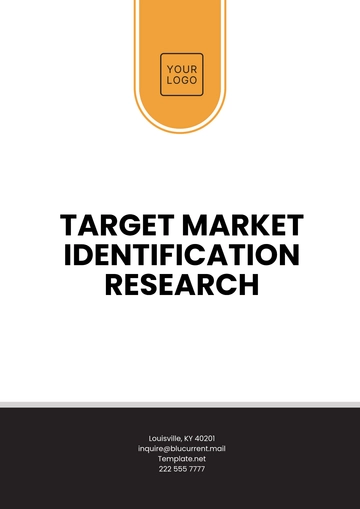Industry Market Research
Introduction
This report provides a comprehensive analysis of the Smart Home Technology industry. It aims to offer insights into market dynamics, trends, opportunities, and challenges, and provide valuable data for businesses and investors to make informed decisions.
I. Market Overview
1.1 Market Size and Growth
The global smart home technology market was valued at $91.9 billion in 2053 and is projected to reach $158.4 billion by 2058, growing at a compound annual growth rate (CAGR) of 11.2% during the forecast period.
1.2 Market Segmentation
Segment | Description |
|---|
Device Type | Smart thermostats, smart lighting, smart locks, smart security systems, others |
Technology | Wi-Fi, Zigbee, Z-Wave, Bluetooth, others |
Application | Home security, energy management, entertainment, healthcare |
II. Competitive Analysis
2.1 Key Players
Company | Products | Market Share |
|---|
Amazon | Echo series, Alexa platform | 35% |
Google | Google Nest products, Google Assistant | 25% |
Apple | HomeKit technology, compatible devices | 15% |
Samsung | SmartThings brand products | 12% |
Philips | Hue smart lighting solutions | 8% |
Others | Various brands and products | 5% |
2.2 SWOT Analysis
III. Consumer Behavior
3.1 Preferences
Consumers are increasingly looking for smart home products that offer convenience, energy savings, and enhanced security. Voice-controlled devices and seamless integration with other smart systems are highly preferred.
3.2 Purchasing Behavior
A significant portion of purchases is driven by online channels, with consumers researching and comparing products through e-commerce platforms and tech review websites.
3.3 Trends
IV. Industry Trends
4.1 Technological Advancements
4.2 Market Trends
V. Regulatory Environment
5.1 Data Privacy Regulations
Compliance with GDPR (General Data Protection Regulation) in Europe and CCPA (California Consumer Privacy Act) in the U.S. is essential for companies operating in the smart home technology space.
5.2 Safety Standards
Manufacturers must adhere to safety standards and certifications to ensure product reliability and consumer safety.
VI. Opportunities and Threats
6.1 Opportunities
6.2 Threats
VII. Technological Developments
7.1 Internet of Things (IoT)
Integration with IoT platforms is enhancing the functionality of smart home devices, allowing for more sophisticated automation and control.
7.2 Smart Energy Management
Advancements in smart energy management systems are contributing to energy conservation and cost savings for consumers.
VIII. Conclusion
The smart home technology industry is poised for significant growth, driven by technological advancements and increasing consumer demand for convenience and energy efficiency. Companies that innovate and adapt to emerging trends and regulatory requirements will be well-positioned to capitalize on the opportunities in this dynamic market.
Researcher: [Your Name]
[Your Company Name]
Research Templates @ Template.net






























